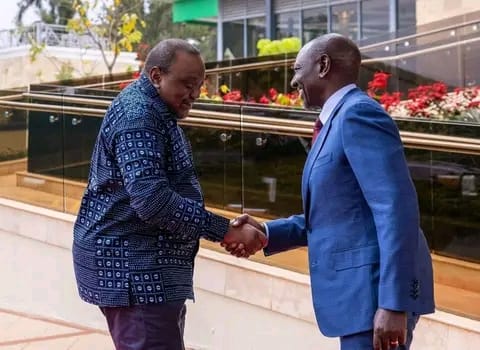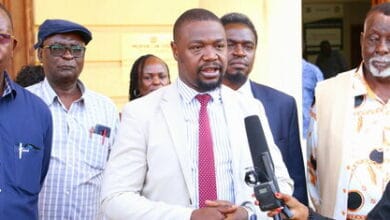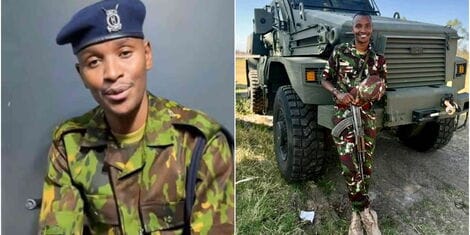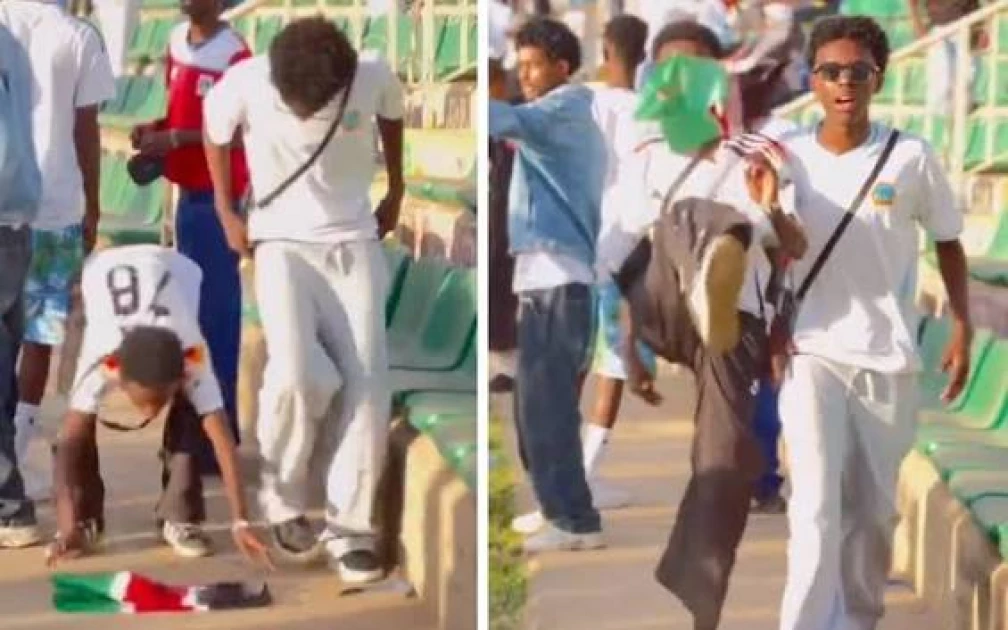
High-stakes diplomacy took centre stage at Nairobi’s State House today as former Kenyan President Uhuru Kenyatta joined key regional bodies and peace facilitators for a crucial meeting aimed at revitalizing the fragile peace process in the conflict-ridden Democratic Republic of the Congo (DRC).
The joint session, bringing together the East African Community (EAC) and the Southern African Development Community (SADC) Co-Chairs alongside the Panel of Facilitators for the DRC Peace Process, underscores the escalating regional concern over the persistent instability in eastern DRC.
Uhuru Kenyatta, serving as a prominent peace envoy for the EAC-led Nairobi Process despite leaving the presidency, played a central role in the discussions. His continued involvement highlights the significant political capital Kenya invests in seeking a sustainable resolution to a conflict that has profound humanitarian and security implications for the entire Great Lakes region.
“The presence of both EAC and SADC leadership, alongside the Facilitators, in one room underlines the unified regional commitment we haven’t seen at this level in some time,” commented a diplomatic source familiar with the talks, speaking on condition of anonymity. “Former President Kenyatta’s stewardship remains vital in bridging complex stakeholder interests.”
While the specific outcomes of the closed-door meeting were not immediately disclosed, the agenda was understood to focus on:
- Assessing Implementation: Reviewing progress and obstacles hindering the implementation of previous agreements stemming from the EAC-led Nairobi Process and the Luanda Framework.
- Coordinating Regional Action: Enhancing synergy between the EAC and SADC approaches to avoid duplication and maximize pressure on armed groups and their backers.
- Addressing Escalation: Formulating a coherent regional response to the recent surge in violence, particularly involving the resurgent M23 movement and other armed factions.
- Humanitarian Access: Strategizing on securing safe corridors for aid delivery to millions displaced by the fighting.
The conflict in eastern DRC, fueled by a complex web of over 120 armed groups, competition over vast mineral resources, and regional rivalries, has displaced nearly 7 million people internally and drawn in neighbouring countries. The EAC deployed a regional force in 2022, but its mandate concluded last year without achieving lasting stability. SADC has since authorized its own force (SAMIDRC) to support the DRC military, adding another layer to the regional security architecture.
Today’s high-level convergence in Nairobi signals a renewed push for coordinated regional diplomacy. The involvement of former President Kenyatta, leveraging his experience and networks, alongside the combined weight of EAC and SADC, offers a glimmer of hope for a conflict desperately needing a durable political solution. The pressure is now on the facilitators and regional leaders to translate this meeting into concrete actions that halt the violence and steer the DRC towards lasting peace. The world, and especially the suffering people of eastern DRC, will be watching for tangible results.




